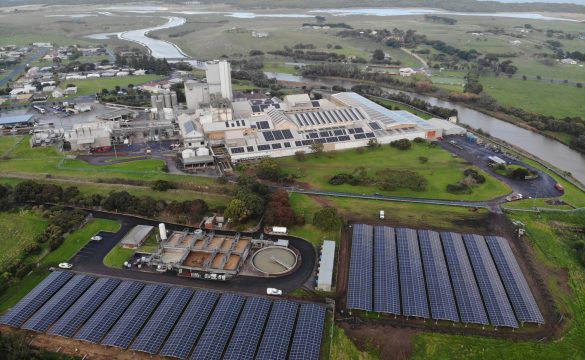Victorian Social and Affordable Housing
Australia has an inadequate supply of stable, appropriate, and affordable accommodation, particularly for those on low incomes.
Not having secure and appropriate accommodation is often a barrier to educational attainment, stable work, strong health and wellbeing, and family and community relationships.
In the past few decades, Australia’s housing landscape has changed significantly, worsening this situation:
- House prices are rising at a faster rate than incomes1;
- The cost of renting has risen at twice the rate of wages2; and
- The proportion of total stock designated as social housing stock has fallen to less than 5%3.
Sources:
1 Australia’s welfare series no. 12. Cat. no. AUS 189.
2 Yates, J., Milligan, V. (2007) Housing affordability: a 21st century problem, AHURI Final Report No. 105, Australian Housing and Urban Research Institute Limited, Melbourne, p9.
3 Australian Institute of Health and Welfare 2014. Housing assistance in Australia 2014. Cat. no. HOU 275. Canberra: AIHW, p23.


